Sebastião Salgado Has Seen the Forest, Now He’s Seeing the Trees
He documented human suffering around the world. But now, back in his native Brazil, the renowned photographer is healing the devastated landscape
The spot Sebastião Salgado wants me to see is a few minutes up a fire road, on a ridge he used to reach on horseback. We go there by SUV. The road is red dirt and the forest is young, but already its trees tower above us, and they cast a blessed shade. The legendary photographer, now 71, gestures out the window at the broccoli-top canopy of a pau-brasil, or brazilwood, the species after which his country is named. We grind uphill past a few peroba, a valuable hardwood that had been left uncut by his father, who bought this land in the 1940s. Salgado takes note of a patch of invasive brachiaria grass that has flared up in a sunny spot. The road jogs left, and suddenly we park.
A fence line traces the long ridge. Salgado holds open the barbed wire so I can slip under, then follows, in the process cutting his index finger, which he sticks in his mouth as we traverse the slope. We stop and take in the sweep of the land. The contrast is stark, almost too obvious. On one side of the fence, his neighbor’s ranch is a latticework of cow paths, its ankle-high grass yellowing in the sun, its steep slopes ripped by landslides because the trees are gone. The land’s condition isn’t helped by the fact that Brazil is in the throes of a megadrought, its worst in nearly a century. But on the other side, the side we came from, there is only green: replanted forest stretching as far as the eye can see.
Salgado and his wife, Lélia, call their side of the fence Instituto Terra. They don’t own the property anymore. Today it’s a federally recognized nature preserve and a nonprofit organization that raises millions of tree seedlings in its nursery, trains young ecologists and welcomes visitors to see a forest reborn. But it’s also where Salgado grew up, a 1,750-acre former farm in the state of Minas Gerais 70 miles inland from Brazil’s Atlantic coast, in the Maine-size valley of the Rio Doce, the Freshwater River. It was once remote. In the 1950s, its road to the outside world was a dirt track along the river that was muddy and impassable six months out of the year. Coffee came down from the hills via mule train. Ranchers drove cows and pigs to the slaughterhouse on horseback—a five-day ride. The Atlantic Forest, second in biodiversity only to the Amazon, with nearly as many tree species in a single acre as are found on the entire East Coast of the United States, covered half the farm and half the Rio Doce Valley.
Salgado had no camera then—he didn’t take up the craft that would make him famous until his late 20s—but he believes this landscape first taught him photography. In the afternoons in the rainy season, thunderheads piled on top of each other and sunbeams pierced dramatically through. “It is here where I learned to see the light,” he told me.
Gradually, Salgado’s father, a stern man who was by turns a pharmacist, a mule-train driver, a baker and a farmer, cut down the forest. Like farmers across Brazil, he sold the wood, burned the slash and planted African grasses to feed cattle. Over time crept a desert of cracked dirt that could barely support a single cowherd. The Atlantic Forest as a whole shrank to less than 10 percent of its original size; in the Rio Doce Valley, it shrank to 4 percent. In the 1980s, the year-to-year destruction of Brazil’s forests was so severe that the whole world—newly empowered with satellite imagery—watched in horror, and the country became shorthand for a new era of global environmental decay.
Today the landscape has taken on another meaning. In the 1990s, Salgado’s parents gave the land to Sebastião and Lélia, and they began to replant it. Instituto Terra is the Salgados’ argument that ecological degradation need not be absolute. To visit the fence line at the top of the ridge—or to see aerial photos of the land taken a decade apart, one “before” and one “after”—is to understand that a kind of miracle has taken place.
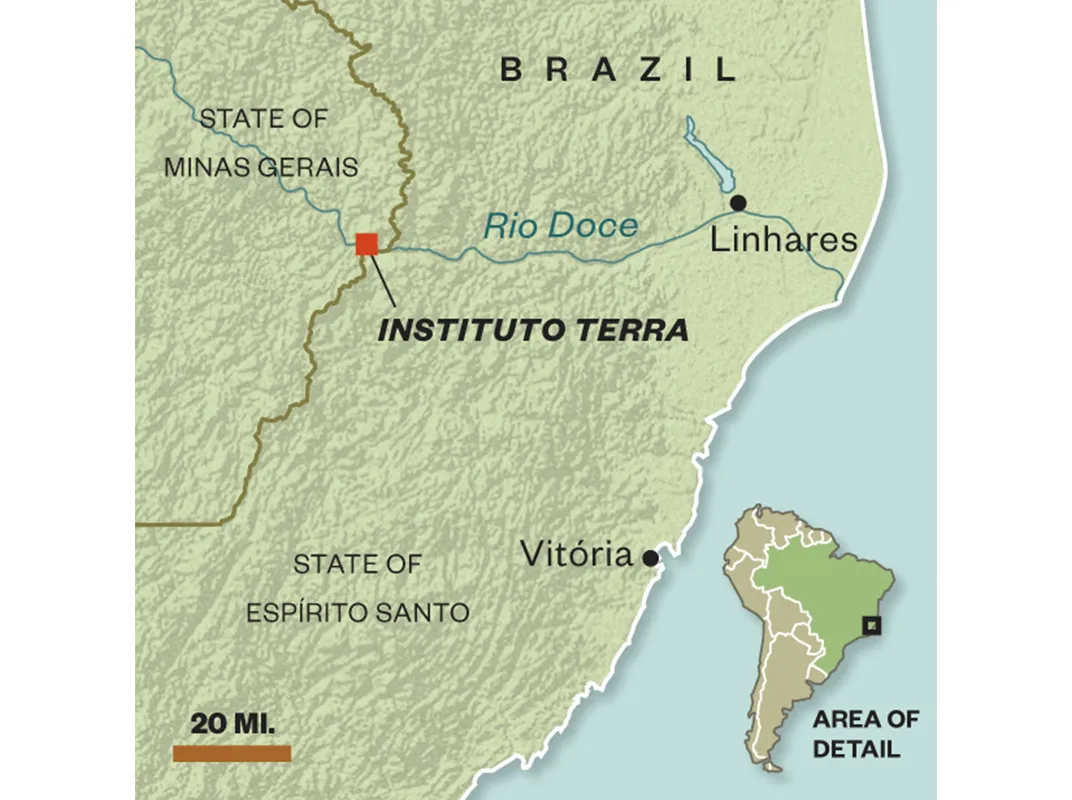
**********
Salgado left the farm in 1959, when he was 15 years old, and got on a train. His destination was a boarding school in Vitória, a coastal city of about 85,000 at the end of the line. There he rented a house with a half-dozen schoolmates and took turns managing its meals and finances. He learned he was good with numbers. He met a girl, a sophisticated Vitória native named Lélia Wanick, who found the boy from the interior intriguing in part because he always wore the same clothes—a pair of khaki pants and a blue linen shirt—yet somehow kept them perfectly clean. (It turned out that Salgado’s father, ever practical, had bought two big rolls of cloth, and Salgado arrived in the city with 15 identical pairs of pants and 24 identical shirts.)
Brazil was industrializing at a breakneck pace. Factories sprang up in Vitória and in the suburbs rising around it. Ships filled the port. Sebastião and Lélia watched as rural migrants flooded the city, becoming the bottom of the new economic pyramid—the new urban poor. Together with many of their friends the couple became leftists. In the wake of Brazil’s 1964 coup, which began two decades of military dictatorship, they joined a Marxist-leaning political movement called Popular Action. They married and moved to São Paulo, where Salgado earned a master’s degree in macroeconomics, an emerging field that he hoped would help solve his country’s social ills. As the government’s repression deepened, their friends and comrades were arrested. Some were tortured. Some disappeared.
“We knew it was getting dangerous,” Lélia says. “We could feel it.”
They fled Brazil in 1969 and settled in Paris, where Salgado began a PhD program in economics. Lélia, who had watched her Vitória transformed, studied architecture and urban planning. Salgado’s dissertation was about the economics of coffee, which led to a job with the International Coffee Organization in London, setting up agricultural development projects in Central and East Africa. This led to a series of trips to the continent, including months on plantations in Rwanda, a hilly, jungle-clad country he grew to profoundly love.
It was Lélia who first bought a camera, a Pentax Spotmatic II with a 50-millimeter lens. She planned to take pictures of buildings for her architecture studies, but within days Salgado was toying with it. His first photograph was of a young Lélia sitting in a windowsill. Soon he had set up a darkroom, and the Pentax went on his every trip to Africa. One Sunday in 1973, in a rowboat with Lélia on an artificial lake in London’s Hyde Park, Salgado decided to abandon economics to try to make a living as a photographer. He had just been offered a prestigious new job with the World Bank. His father thought he was crazy. But already Salgado’s images conveyed so much more than the dull reports he was asked to write. “I realized the photos I was taking made me much happier,” he explains in From My Land to the Planet, a 2013 autobiography. He and Lélia would have to give up his salary, their beloved Triumph sports car and a nice London apartment. But she wholeheartedly agreed. This would be another adventure to embark on together. “It’s very hard to know where she ends and I begin,” he says today.
Back in Paris, they moved into a 150-square-foot apartment with no shower. Salgado went to a local magazine and knocked on the door. “‘Hello, I’m a young photographer,’” he recalls saying. “‘I want to make pictures. What do you need?’” The editors laughed, but they showed him a list of planned stories. He went into the city’s slums and documented the lives of new arrivals from Portugal and North Africa. He drove to the north of France and photographed Polish immigrants laboring in the coal mines. After three days, he returned to the magazine. An editor flipped through the photos and stopped on one of a miner. “Not bad,” he said. “We’ll publish it.”
Salgado’s work always had a social documentary cast, and soon he was crisscrossing the globe—Niger, Mozambique, Australia, Bangladesh, Bolivia, Kuwait—on assignments for magazines. He traveled by jeep or on foot. He slept in huts and tent camps. To communicate with his family—his sons Juliano and Rodrigo were born in 1974 and 1979, respectively—he posted airmail and sent telegrams. With Lélia he conceived and produced long-term projects that captured the human face of a world in transition: workers, migrants, victims of war and genocide and famine on five continents.
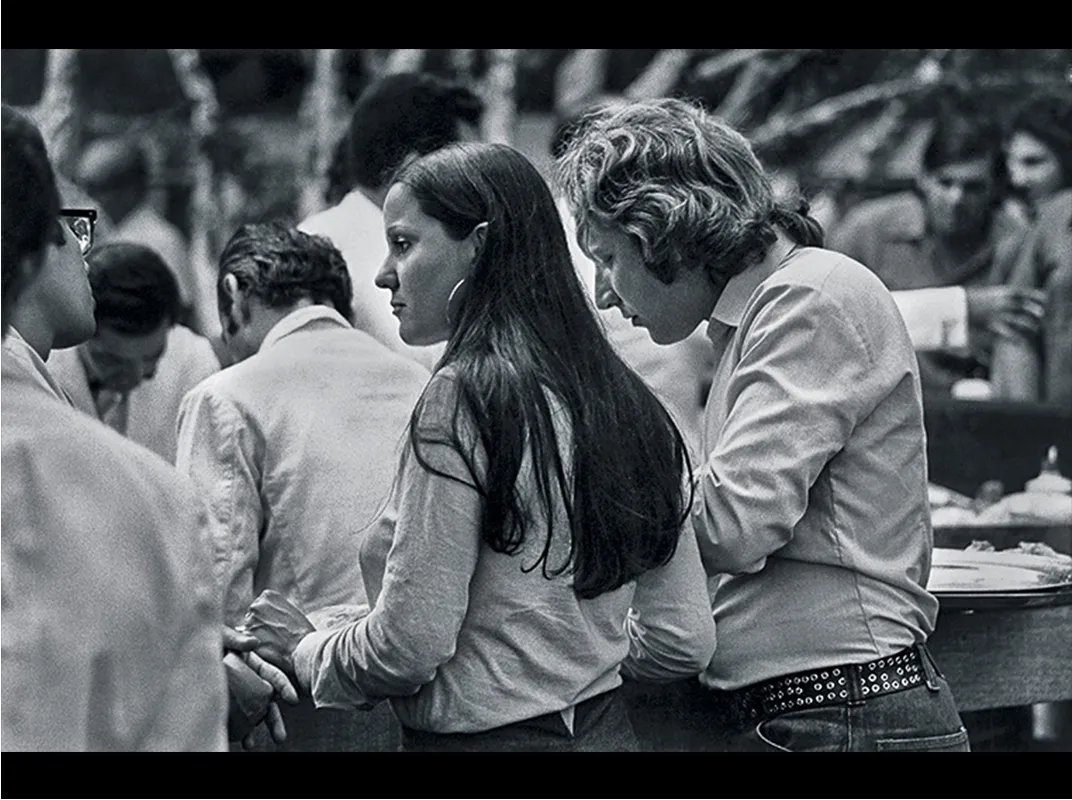
A Salgado photograph is instantly recognizable. Black-and-white. Biblical in scope. Human. Severe. Art critics often focus on what is in the foreground: a grimace, a twisted body made beautiful, suffering as art. But it’s his attention to the background that matters most. Salgado is a systems thinker, keenly aware of the larger forces that create the moments he captures. In his 1991 photos of a burning, post-invasion Kuwait, firefighters are framed by flaming oil wells set ablaze by departing Iraqi troops, symbols of an industry and region torn from its foundation. “You have to understand people, societies, economics,” he told me. “Some photographers are very good at framing pictures—they are amazing at it!—but they don’t see the whole view.”
In time Salgado would win nearly every major award in photojournalism, publish more than a half-dozen books, and have his work exhibited in the great capitals of the world. He has counted among his friends Prince Albert of Monaco, former Brazilian President Luiz Inácio Lula da Silva, and the late actor Robin Williams and his ex-wife Marsha, who raised the money for Instituto Terra’s theater. The Salt of the Earth, a 2014 film about his life by his son Juliano and the director Wim Wenders, was nominated for an Oscar for best documentary and won a jury prize in Cannes. In Salgado’s view, his success is simply a product of his time and place on earth. His great subjects—migration, dislocation, urbanization, globalization—have been his experiences, too. “People say Salgado is a social photographer, a political photographer,” he told me. “But my work is just me, from my own life.”
After the fall of Brazil’s dictatorship, when he and Lélia could safely return home, Salgado spent years photographing the Landless Workers Movement—peasants who wanted to reclaim corporate-owned farmland as the country’s economy changed. More recently, he went deep into the Amazon to capture the encroached lives of tribes like the Awá and Yanomami, whose traditional lands are being invaded by loggers and miners as Brazil continues to modernize. His latest book of photography, The Scent of a Dream, out this fall, is about coffee—its workers, its economy, its ecology. “Coffee has always been a part of my life,” he explains.
In the mid-1990s, Salgado was in Rwanda and the Balkans, documenting genocide, surrounded by death. A dear friend in Rwanda—a colleague from his economist days—was murdered along with his wife and children. Salgado himself was almost killed by a machete-wielding mob. At the border with Tanzania, he watched dozens of corpses float down the Akagera River. In a cholera-stricken refugee camp, he watched aid workers build a mountain of bodies with a bulldozer. When he returned to Paris, he was physically and psychologically sick. What he had seen was “so shocking that at a certain point my mind and body started to give way,” he wrote. “I had never imagined that man could be part of a species capable of such cruelty to its own members and I couldn’t accept it.” He had lost his faith in humanity, he told Lélia, and he had lost all desire to shoot photos.
**********
It wasn’t long before this that Salgado’s parents had offered Sebastião and Lélia the old farm. When they were first able to visit, they were shocked by its condition, the once fertile property, Salgado has written, a “bare crust.” Replanting it was Lélia’s idea. She denies that her proposal to heal the land was actually an effort to heal her husband. “There was no hidden agenda,” she told me. “It was so natural, instinctive. The land was so degraded, so horrible. What a bad gift! Why not plant?” But it’s difficult not to see an emotional dimension in their efforts to bring back the forest.
In September 1998, the Salgados gave a tour of the farm to a forestry engineer named Renato de Jesus, who for two decades had run a replanting program for Vale, one of the world’s biggest mining companies, a $29 billion multinational corporation named after the valley of the Rio Doce. Vale’s environmental record, which includes building a dam on the Rio Doce close to Instituto Terra that displaced hundreds of members of the indigenous Krenak tribe, is controversial. But under Brazilian law and the company’s own corporate policy it must rehabilitate its many mines, and the degradation at strip mines is so severe that Vale’s skill at reforestation is unmatched. Salgado’s reaching out to Vale was purely pragmatic. “We are not radicals,” Salgado says. “We’re not in an ivory tower. We need everybody: companies, governments, mayors. Everybody.”
The soil was dead, de Jesus told the Salgados. But he assured them it could be revived. “It must be understood that it is possible to recover any area,” he told me. “What varies is the cost.” So de Jesus presented a plan. They hired some two-dozen workers, who attacked the invasive African grasses by hand and with metal tools. Salgado and Lélia secured a donation of 100,000 seedlings from Vale’s nursery. The Salgados also went to governments and foundations worldwide to secure another key input: money.
When the rains returned in 1999, they worked their way up the valley, placing the seedlings roughly ten feet apart, 2,000 trees per hectare. Fig species, long-leafed andá-açu, Brazilian firetrees and other legumes were meant to grow fast and die young. This first phase would provide shade, trap moisture, give shelter to birds and insects—and help heal the soil by restoring depleted nitrogen. Many legumes are good at fixing nitrogen from the atmosphere, leaving it in the soil when they die and decompose. After five or ten years, nature would take over at Instituto Terra.
“Like to grow a baby,” Salgado told me. “You need to teach it to walk, to speak, and then they can go to school on their own. Trees are the same. You need to hold them close for a while.”
But after that first planting, three-fifths of the seedlings died in the ground. “We made the holes too tight,” Salgado explained. “For weeks I was sick—sick to see this disaster.” They refocused: 40,000 trees had survived. The next year, they lost only 20 percent. By 2002, when the partnership with Vale ended, they were producing seedlings in their own nursery and were more experienced at planting; the annual loss today is typically 10 percent. De Jesus, who has since moved to a new company, credits the Salgados for not neglecting the maintenance phase that comes after replanting, as so many projects do. They built fire roads, doggedly fought invasives and used ant bait to keep armies of leaf-cutters at bay.
When, in 2005, Instituto Terra needed money, Salgado auctioned off a special-edition titanium Leica M7 that the camera maker had presented to him to commemorate the 50-year anniversary of its premier line. It went for $107,500—a world record for a camera built after 1945. “One small camera, and we planted 30,000 trees,” Salgado said. Big donors, including a Brazilian nature fund, a Brazilian cosmetics firm, provincial governments in Spain and Italy, and North American foundations and individuals gave millions to build roads and offices, housing and classrooms, a 140-person theater, a visitor center fashioned out of a former dairy, and a greenhouse that has grown 302 different native tree species. Other donors have underwritten training for local science teachers and an intensive ecology program for top graduates from the region, who live on-site. But when money runs short—as often it does when it comes to less splashy expenses, such as maintenance or employee salaries—the Salgados pay out of pocket.
I first met up with the Salgados at their oceanside home in Vitória, which now has 1.9 million people in its metro area. Then we took off for the interior. With me in the back seat of Salgado’s SUV was Luiz Maximiano, a photographer from São Paulo. Salgado plugged in an iPod and soon Beethoven’s Piano Concerto No. 5 was blasting inside the car. The city faded behind us. Clouds hung between forested, steep-walled crags of granite. “Mac, look at these mountains,” Salgado said. “Beautiful!” Lélia, who has a raspy voice and a gaze just as firm as her husband’s, was in the front passenger seat. She hummed along to the Beethoven, conducted in the air with her hands, and gestured out the window.
Mostly, we didn’t talk. Salgado was too focused on the two-lane road, Lélia too focused on his driving. He began tailgating a white Chevy Cruze, then passed it in a burst of ill-advised acceleration. He roared around a curve at almost 90 miles an hour. When she put her hand on his arm, he backed off slightly. We passed a man riding a horse. A long Vale train, mostly empty of iron ore after a trip to port, rumbled back inland. Past a coffee plantation—“Robusta,” Salgado declared—the voice of Luciano Pavarotti came over the stereo, singing “O Sole Mio.” Salgado turned up the music and made a wild pass of a pickup truck.
“On the scale of Brazilian drivers, is Sebastião typical?” I later asked Luiz. He looked at me like I was crazy. “No,” he said. “I thought we were going to die.” But we didn’t die. When we turned up a cobblestone road and entered Instituto Terra, it was dark out, and Handel’s “Hallelujah” chorus was playing. Lélia sang along, laughing. When we opened the doors, in came a burst of forest air, sweet-smelling and humid and filled with the sounds of cicadas and running water.
In the morning, Salgado, who was wearing his standard blue button-down shirt, plus khaki shorts and flip-flops, gave Luiz and me a tour. In the administration office, he noticed that a framed picture—a black-and-white he shot decades ago of a truck in the Andes, filled with migrants, careening around a corner—was crooked. “The people might fall out,” he joked, and an employee quickly righted it. As we walked, he saw a missing tile in a pathway, which he later reported to a groundskeeper. In the visitor center we were surrounded by some of his most famous images. Every time he visits Instituto Terra, the staff brings out a pile of posters and books for him to sign: more fundraising help. What do the posters sell for? Salgado asked a woman at the front desk. Unsigned, she answered, about $16. Signed, $19. There was an awkward pause. “Cheap signature,” Salgado said.
As much as Instituto Terra has taken from Salgado, it has also given back. In 2002, after the seedlings took root, he wanted to be a photographer again. That year he set out on an eight-year project to document untrammeled nature at the farthest reaches of the world. It became a celebrated book, Genesis, a traveling exhibition and a worldwide cultural moment. While in some respects it was a departure from Salgado’s past work—the abundance of nature in place of the wars and trials of humankind—in one key regard it wasn’t different at all. It was a reflection of his own life and experience, projected onto the world.
**********
The Salgados waited ten years for the creek that Sebastião had played in as a boy to come back to life. They experienced its return as a new sound amid the wind and birdsong, the drip-drip-drip of a waterfall that now tumbles down the hill even in the dry season, even during the drought. “We started to have caimans again!” Salgado says.
The replanting of the land, it turned out, led to the development of a technique that seems singularly suited for combating the drought. The idea is simple. They could capture rain and runoff by strategically planting trees at the headwaters of springs and creeks. Healthy soil absorbs precipitation; hard, dead soil rejects it and sends it rushing downhill. Aboveground, branches and leaves slow rainfall, so it doesn’t hit the ground running. De Jesus says forest area can absorb up to 60 percent of the rain that falls. From this perspective, Brazil’s water crisis is in large part a storage problem. Because the Atlantic Forest is almost gone, water flows too quickly to the sea.
The institute’s latest initiative, Olhos d’Água, or Eyes of Water, aims to restore headwaters throughout the Rio Doce Valley, and the institute has signed an agreement with the state of Espírito Santo and the multinational steel company ArcelorMittal to expand Olhos to a thousand new springs. The institute’s employees are now fanning out across the basin to convince local farmers to plant trees and put cattle fences around the springs on their property to protect them. Nothing is more damaging to a spring, Salgado explains, than letting cows use it as a watering trough. “When an 800-kilo cow steps with one foot, that can be 200 kilos pounding the soil,” he says. “Boom, boom, boom—they trample it. They compact it.” Then nothing can grow, and the water is lost. The institute provides the wire fencing and wooden posts along with 400 seedlings per spring. The farmers do the work. The result, in time, will be thousands of miniature forest preserves—miniature Instituto Terras.
One afternoon, Salgado and Lélia joined a graduate of the institute’s ecology school at the Olhos pilot site he oversees. The water source is on a hillside at a small farm at the end of a long red-dirt road, an hour at Salgado speed from the nearest town. The farm’s owner, Idario Ferreira dos Santos, is a slight 71-year-old who was born nearby. “I’ve never seen a drought like this,” he told us.
He led us up a steep path, past the weathered carcass of a cow, to a fence and a lonely patch of forest that filled a ravine. There wasn’t much to see, but when we descended to dos Santos’ home, where he and his wife gave us guava juice and homemade cheese in the shade of the barn they built and the garden they planted, we saw what it was to him and his family: hope that they could stay there. Two large ponds, where they used to raise fish, were dry. A nearby stream was inches deep. “But the volume of water is growing,” dos Santos said. “Before, there was none.”
The drive back to Instituto Terra was under the same puffy thunderheads that defined Salgado’s childhood. We rolled through scrublands across a collapsed caldera—you can see it, he said, on Google Earth—and past a wall of granite hundreds of feet high. There was a coffee plantation, then a coconut farm, then a herd of bulls and beef cattle in a sickly pasture.
If farmers and officials can be patient, Salgado believes, working to restore the watershed even if the water itself won’t return for a decade, Olhos will be a success. “The big problem with our species,” he said quietly, “is that when we live a long time, it’s only a hundred years. We can’t imagine in thousands of years.” He reflected on the meaning of Instituto Terra. On the scale of Brazil and the world, it is small, he readily admitted—just a showcase. But its revival, along with his own over the same period, is a reminder of the power of taking the long view.
Past an assortment of boulders of marble, not yet mined, we found ourselves crossing the Rio Doce on an old bridge. The Salgados stared out the windows in silence. The water was brown, the banks sandy and wide. The river flowed with less than half its usual volume. If nothing was done, much of it could someday vanish under the mud. But for now the Rio Doce was still easily 500 feet across, and it took us a reassuringly long time to reach the other side. It wasn’t too late.
Related Reads

Genesis
/https://tf-cmsv2-smithsonianmag-media.s3.amazonaws.com/accounts/headshot/mac_siberia.jpg)
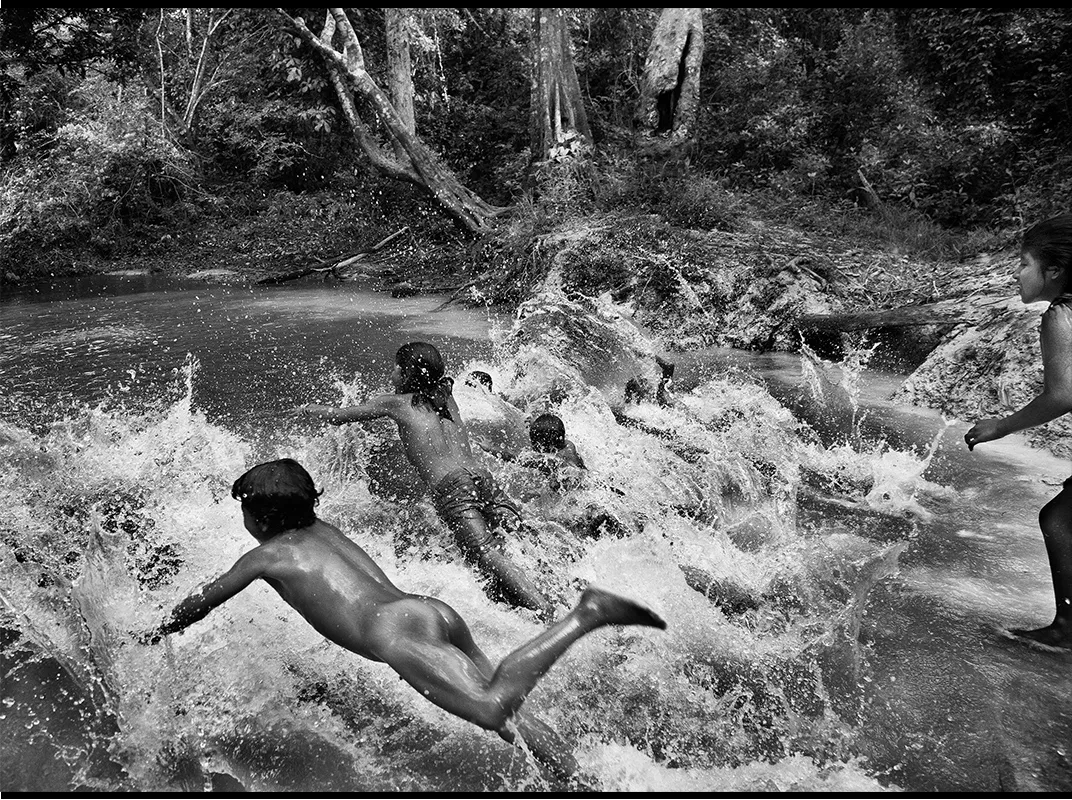
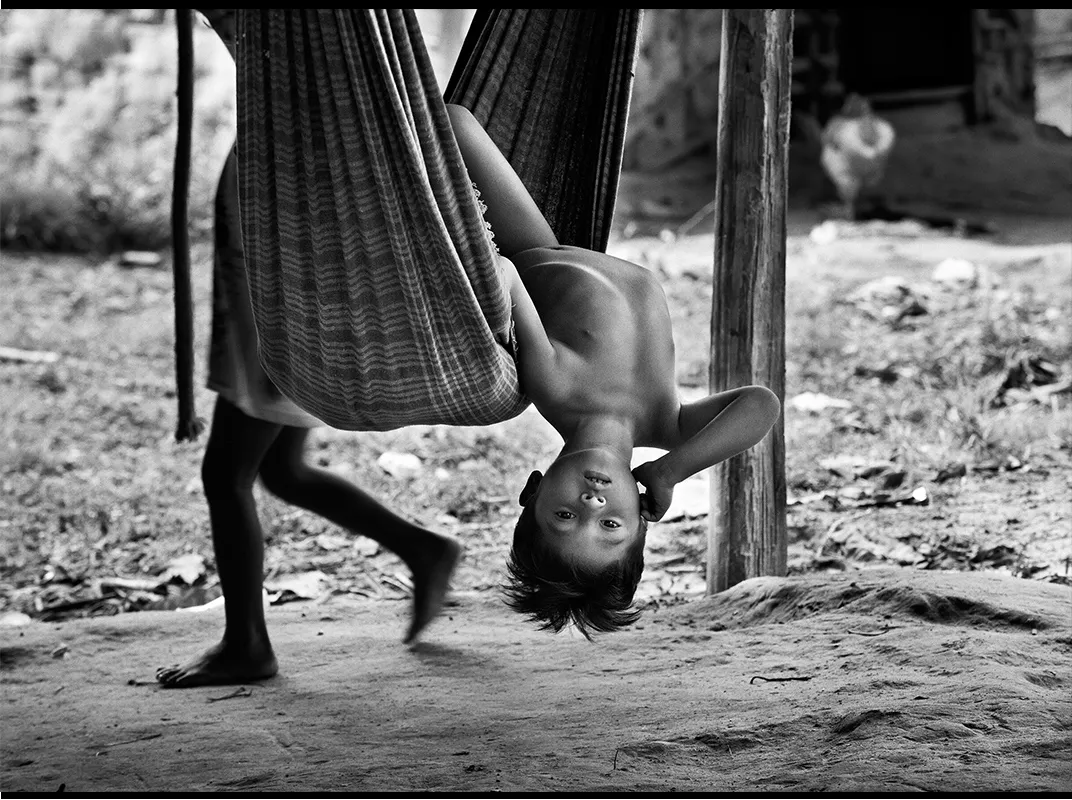
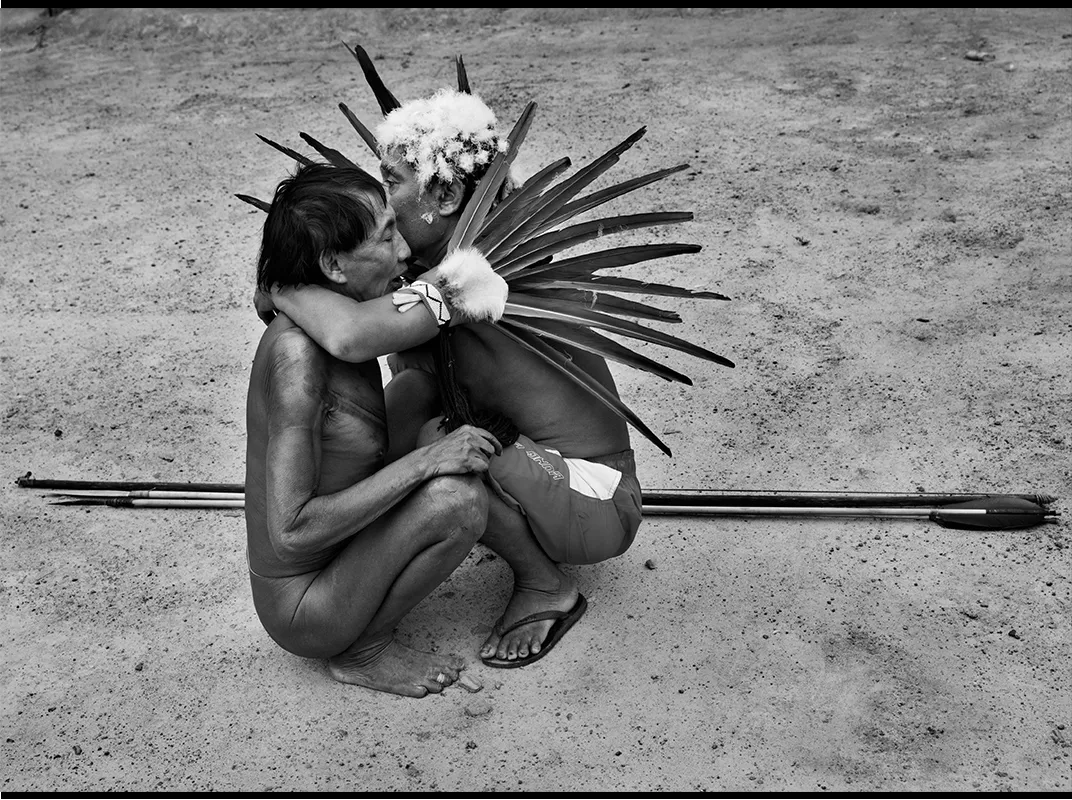
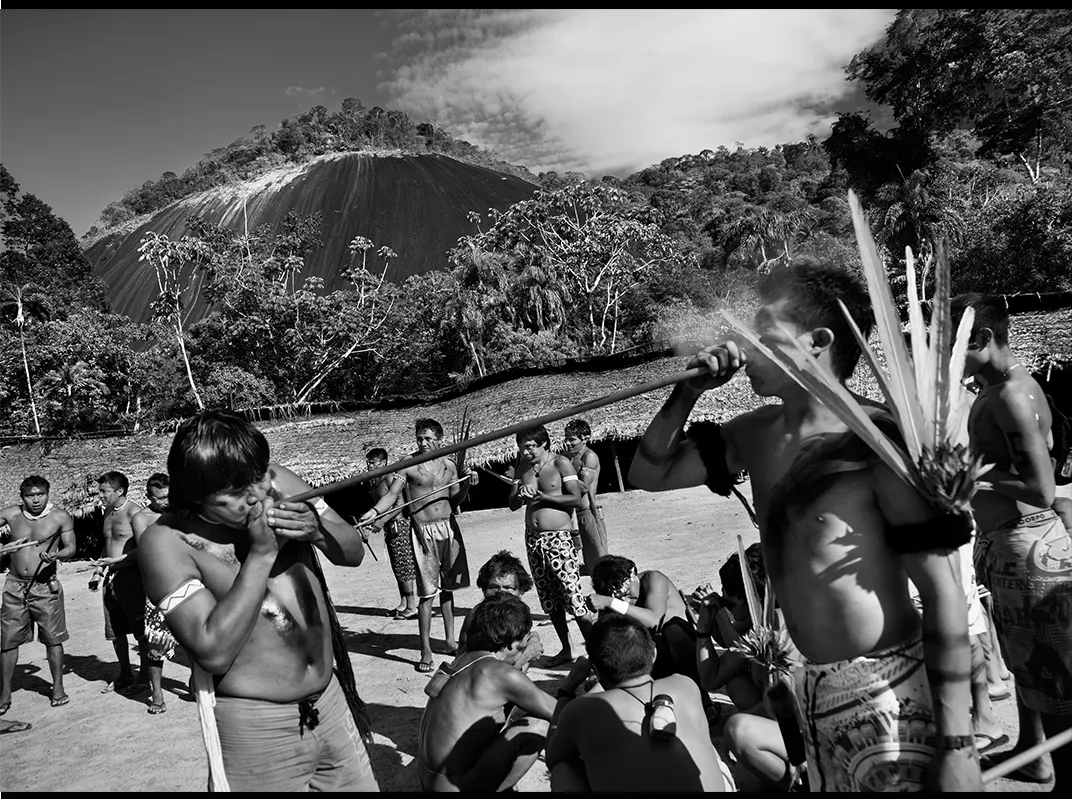
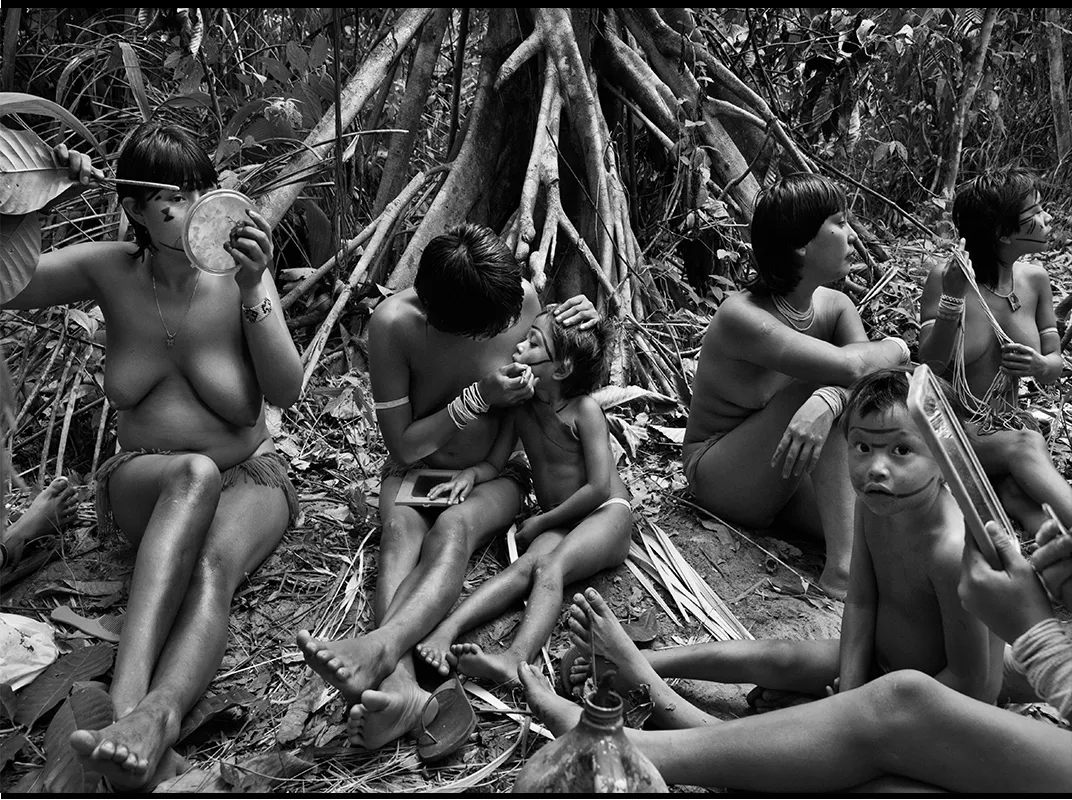
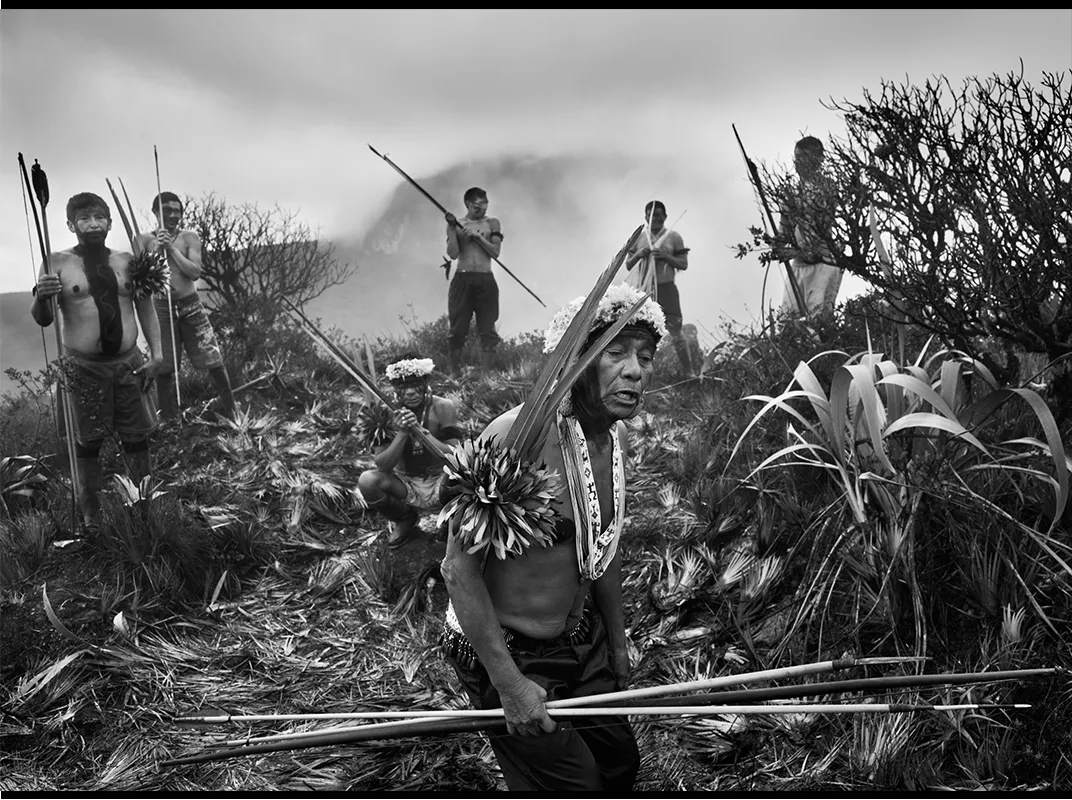
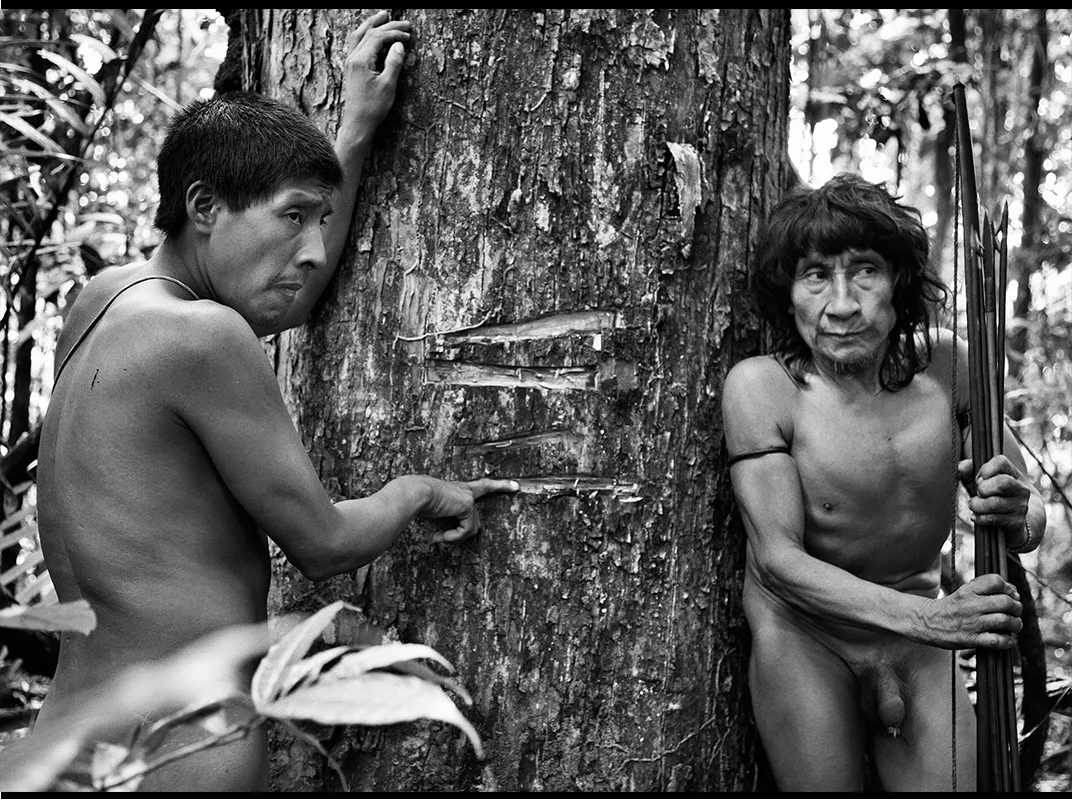
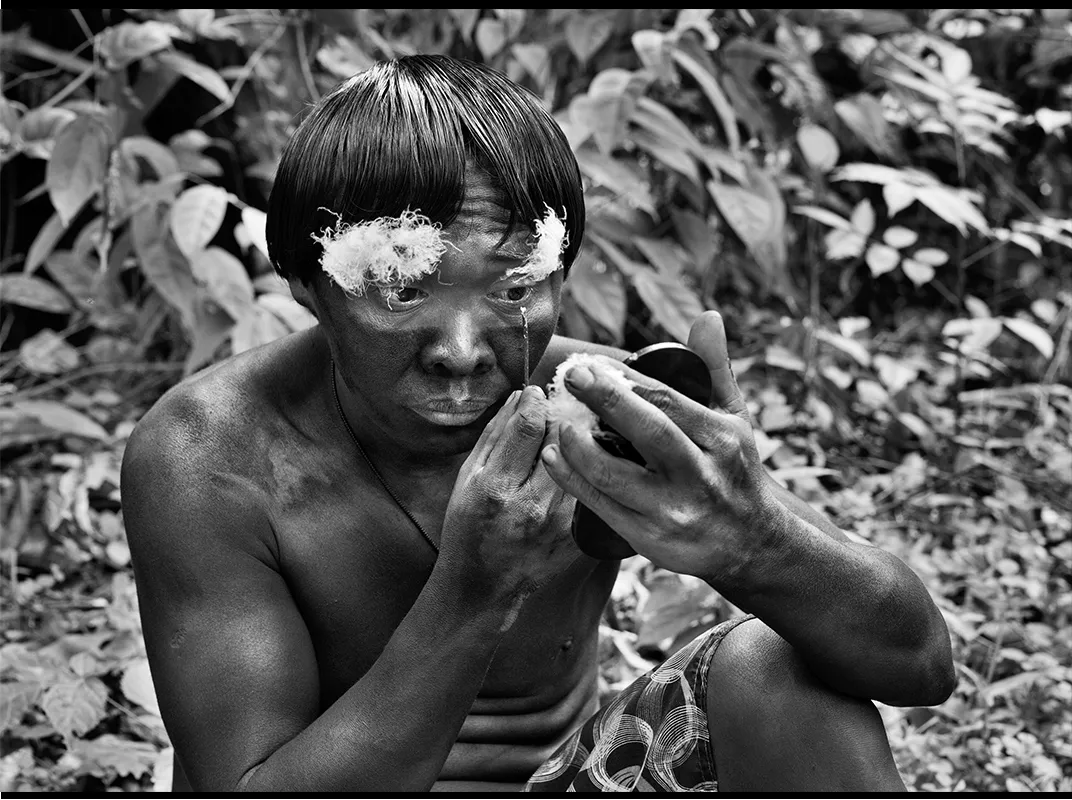
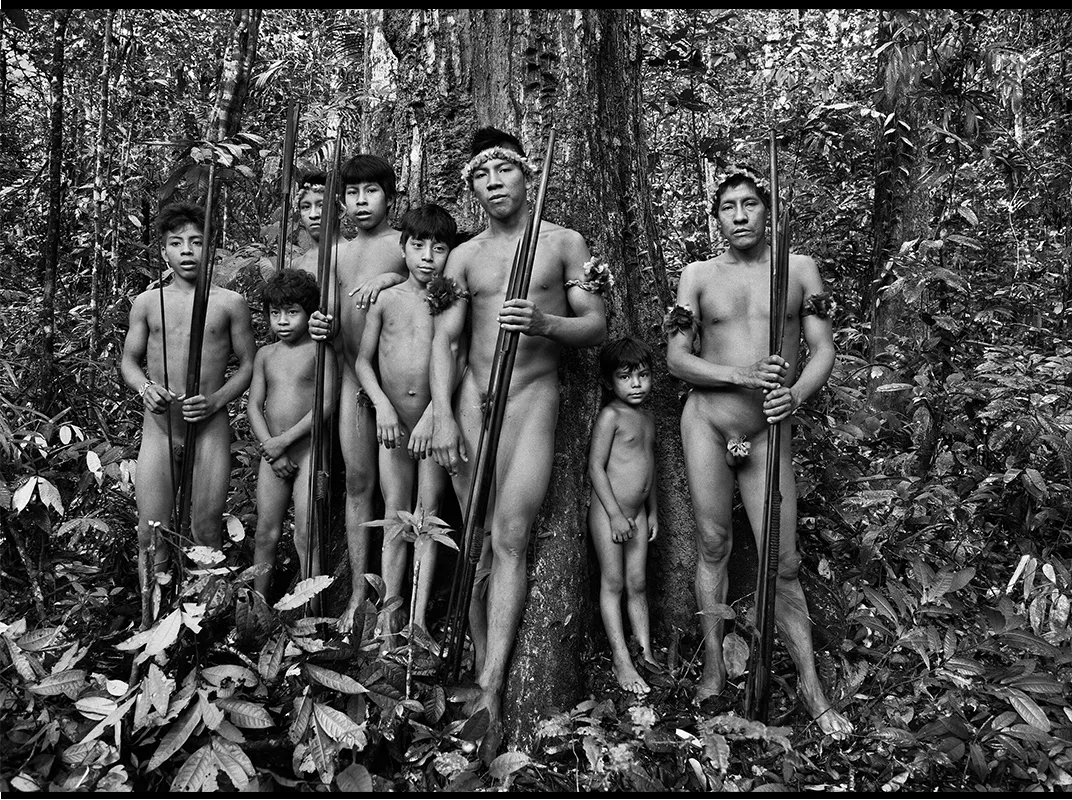
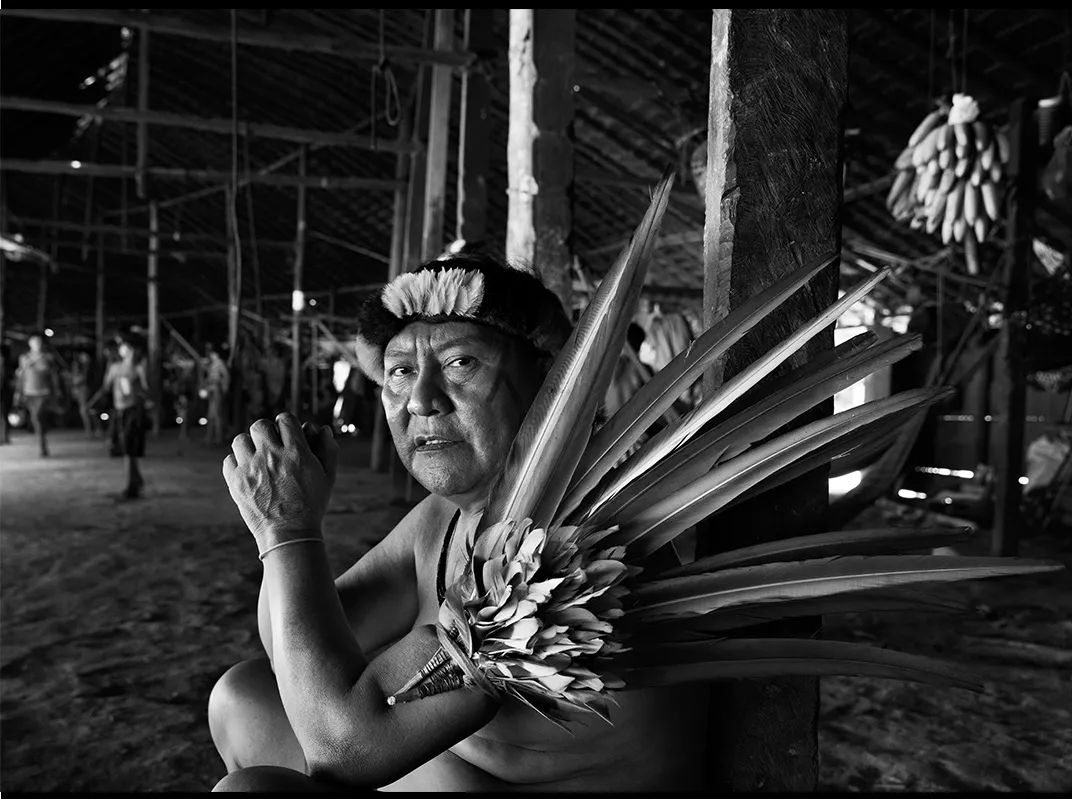
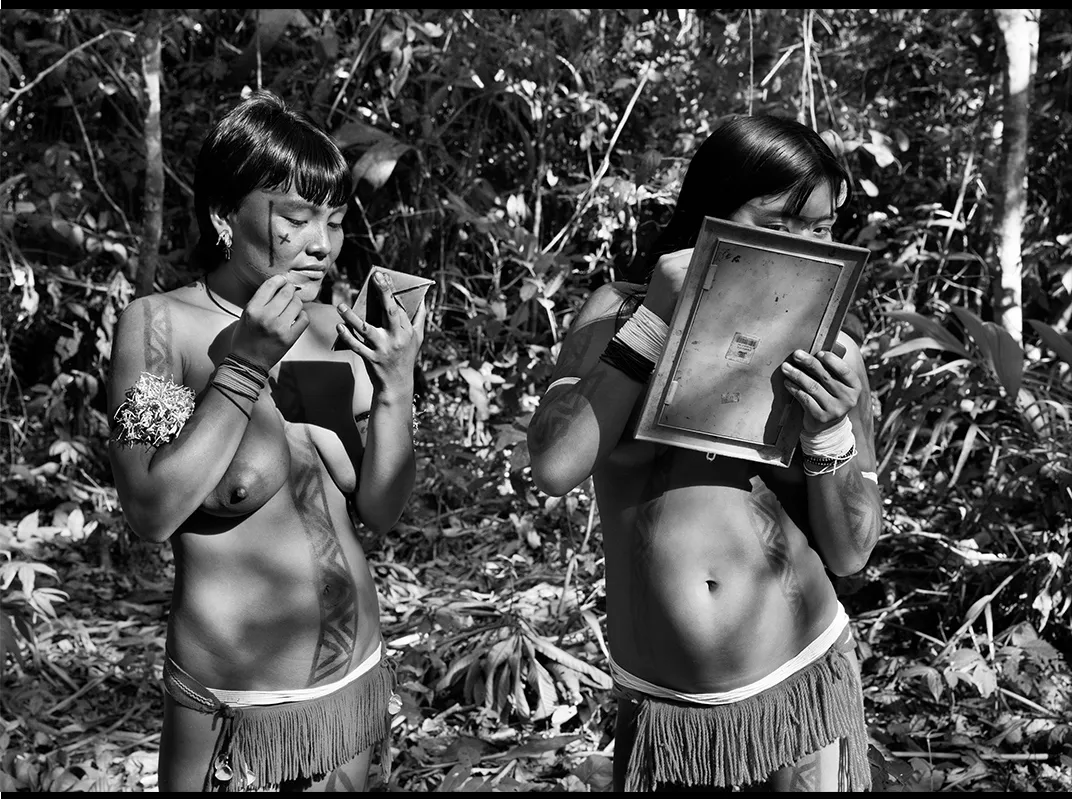
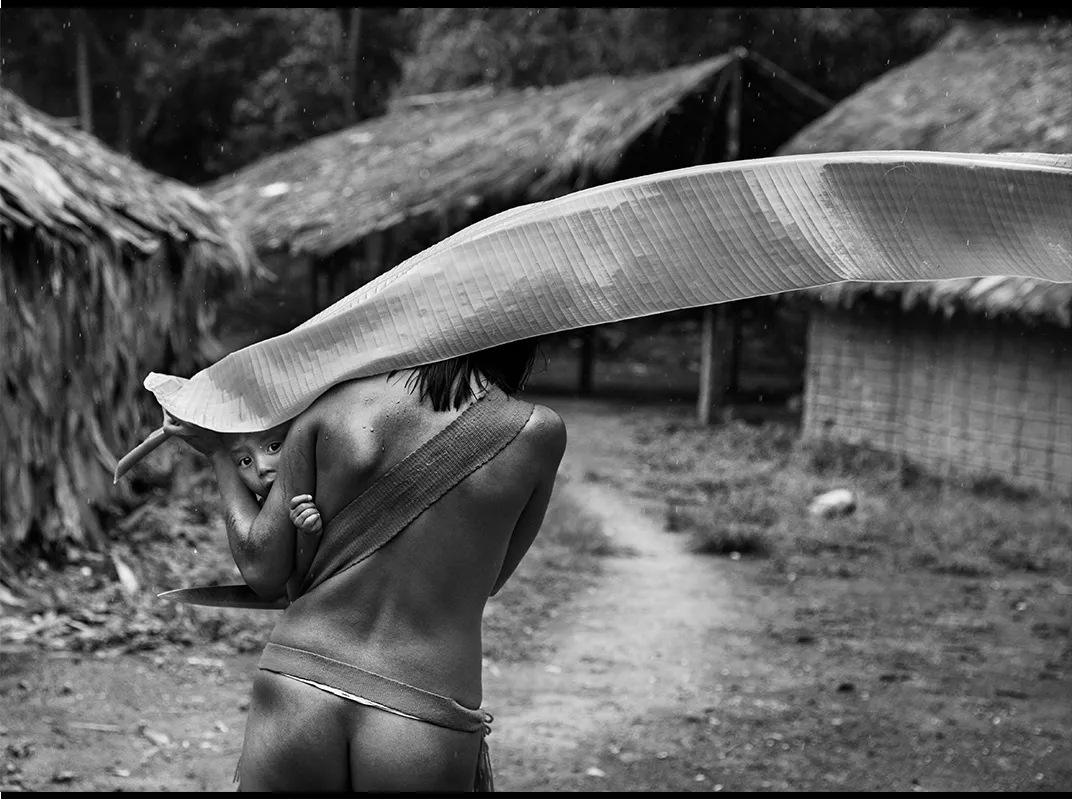
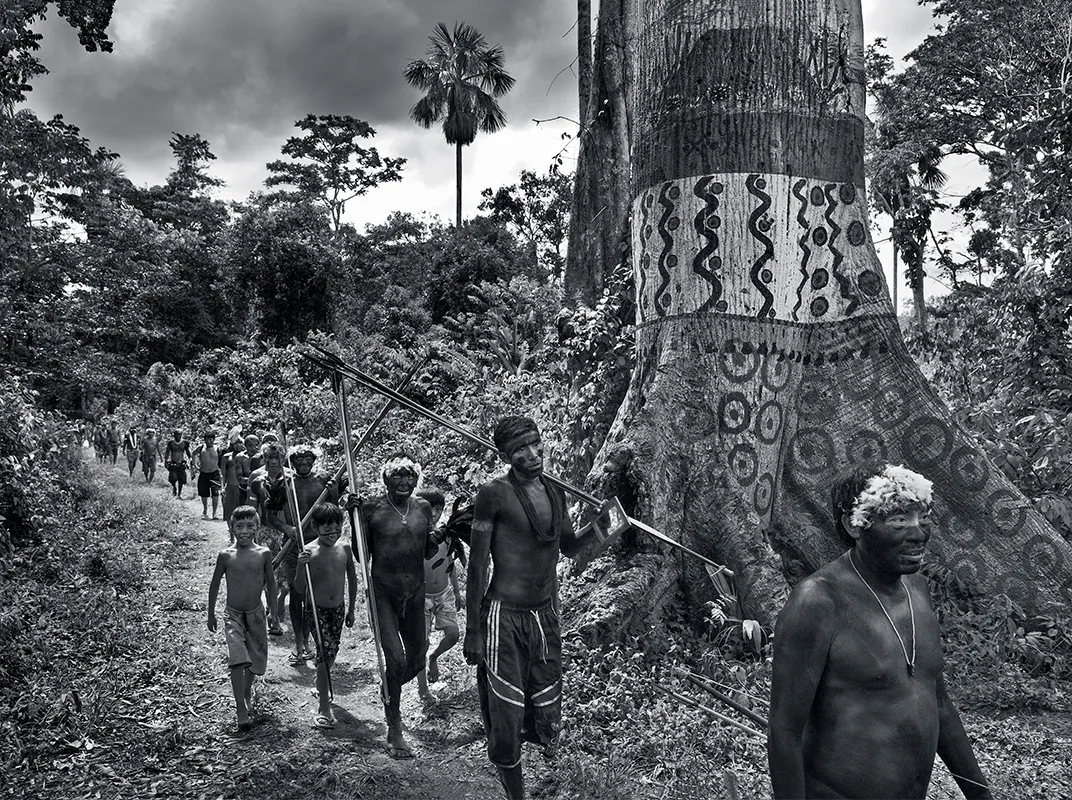
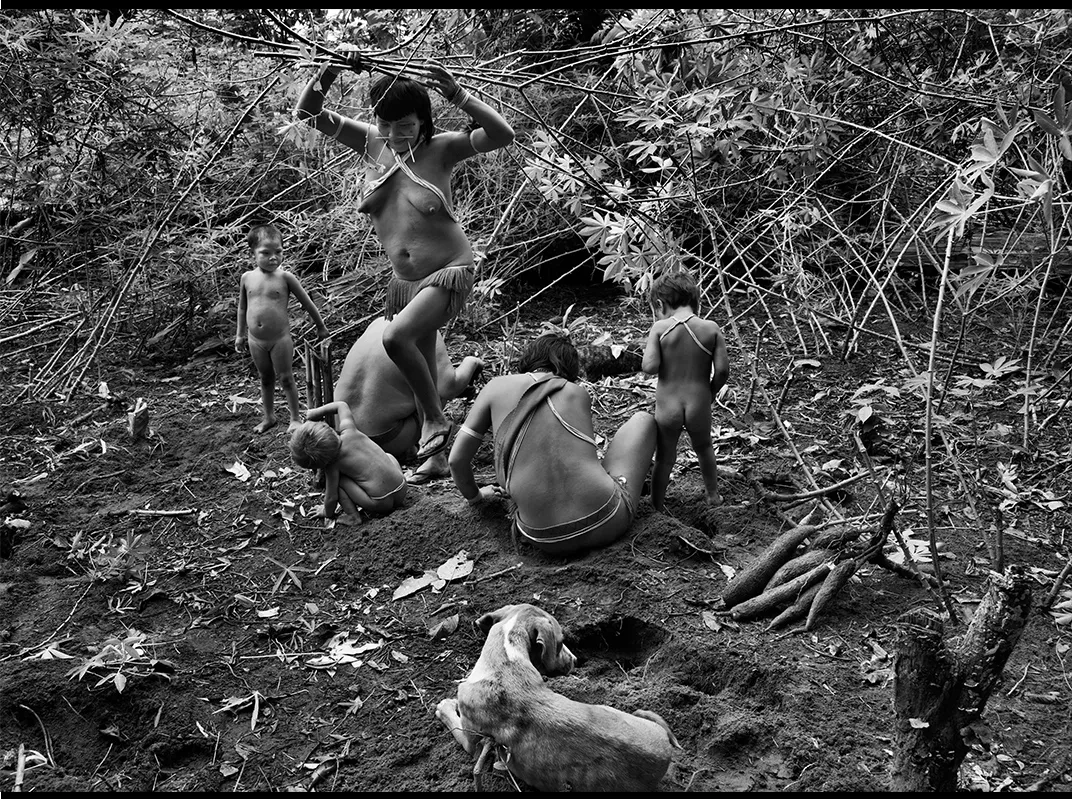
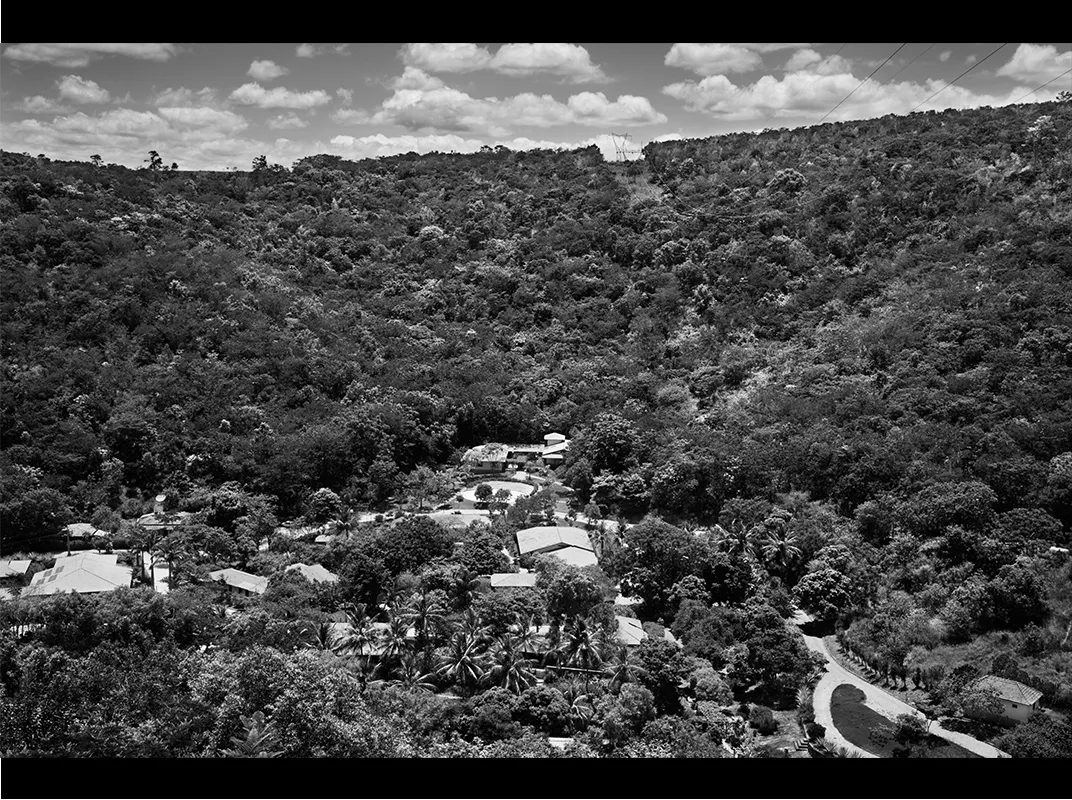
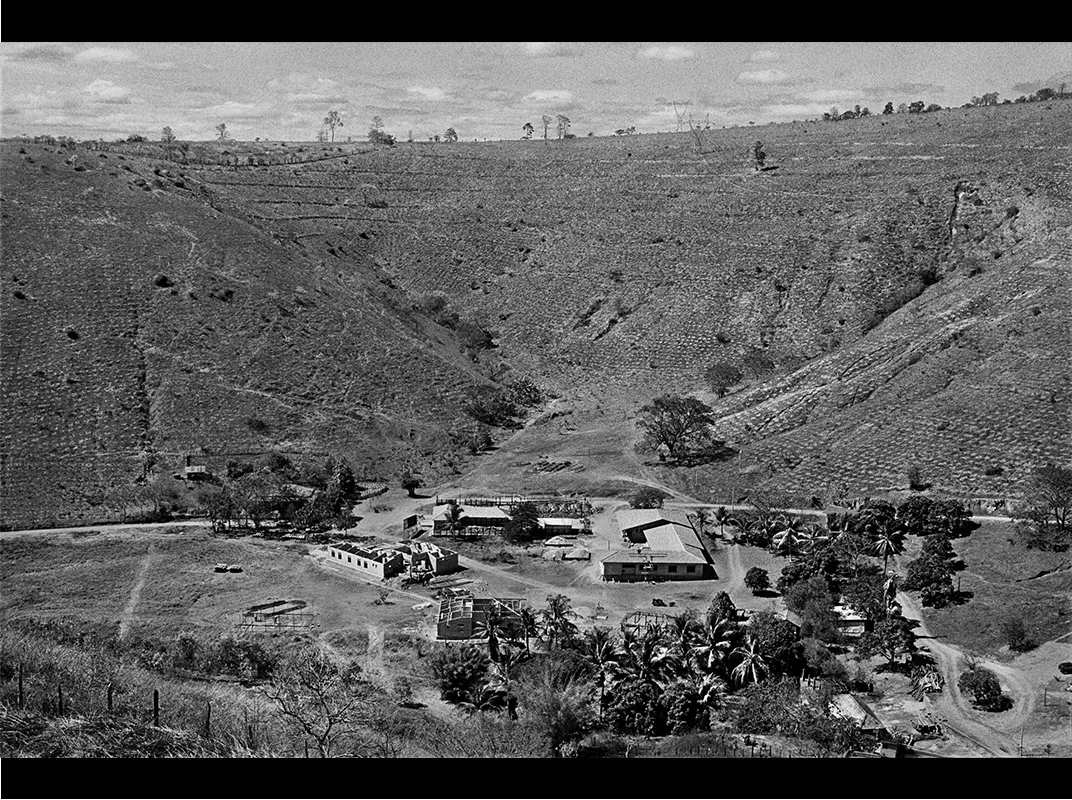
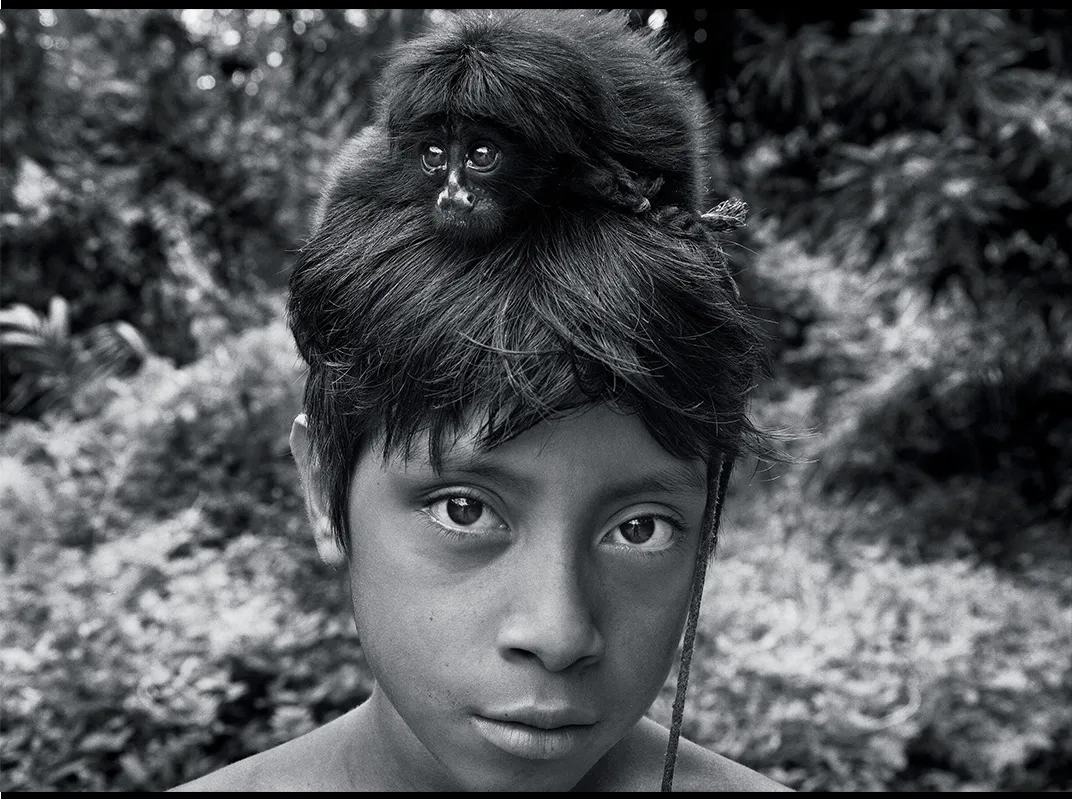
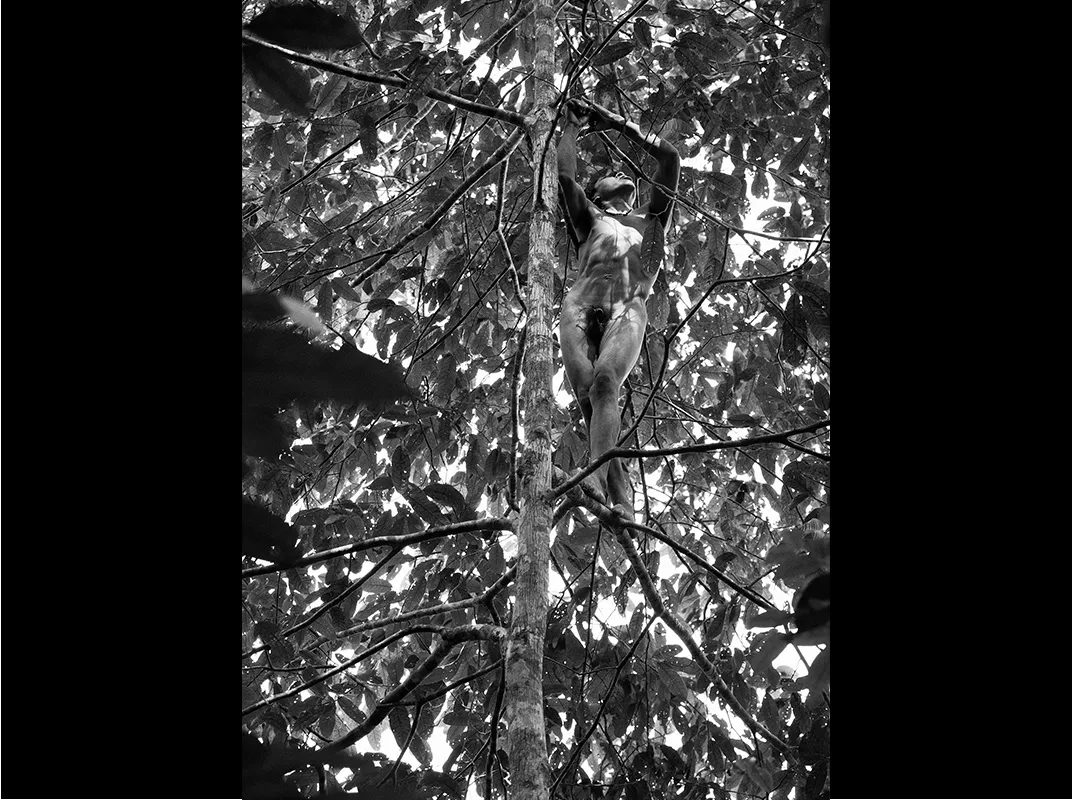
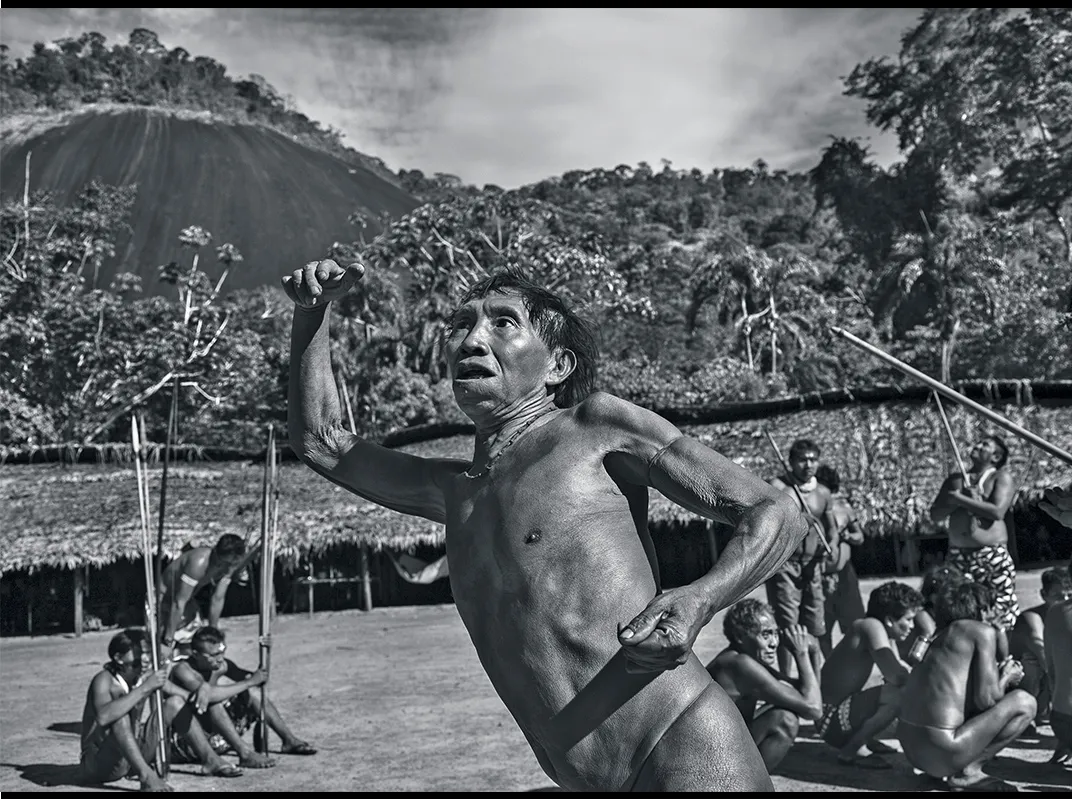
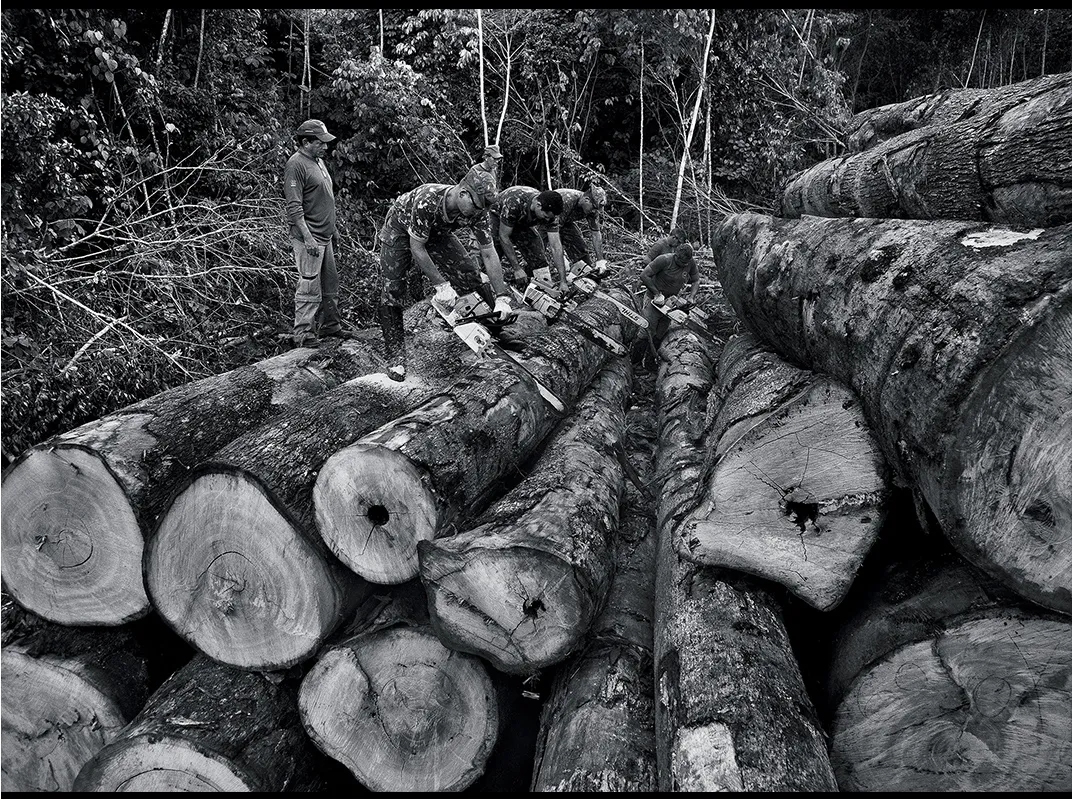
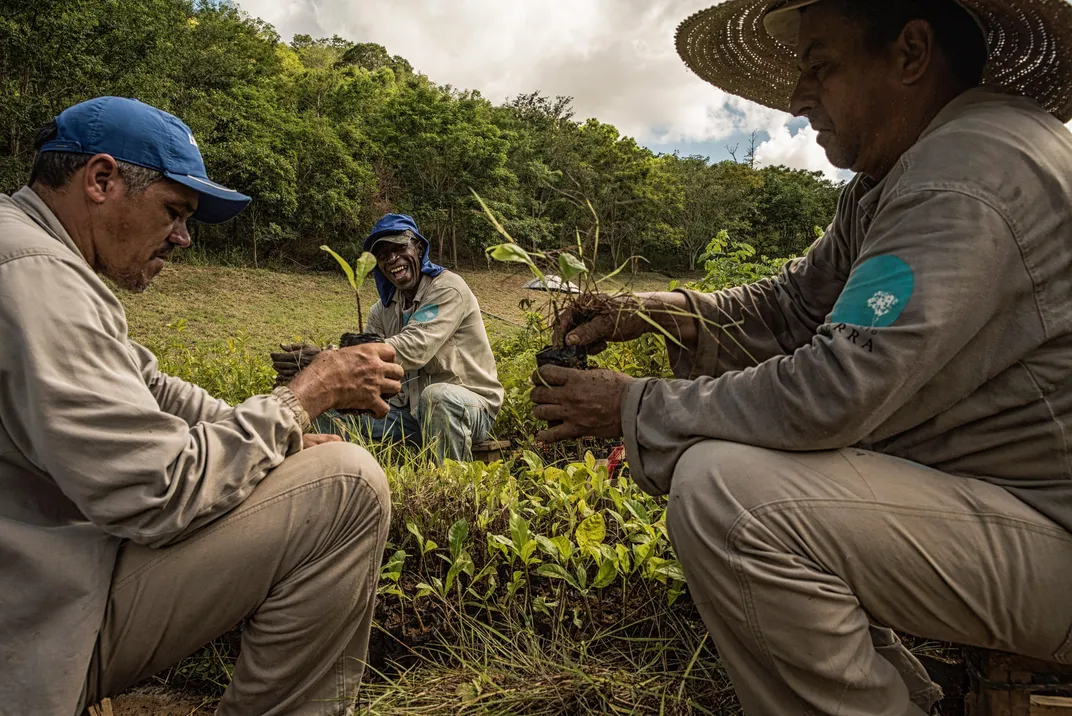
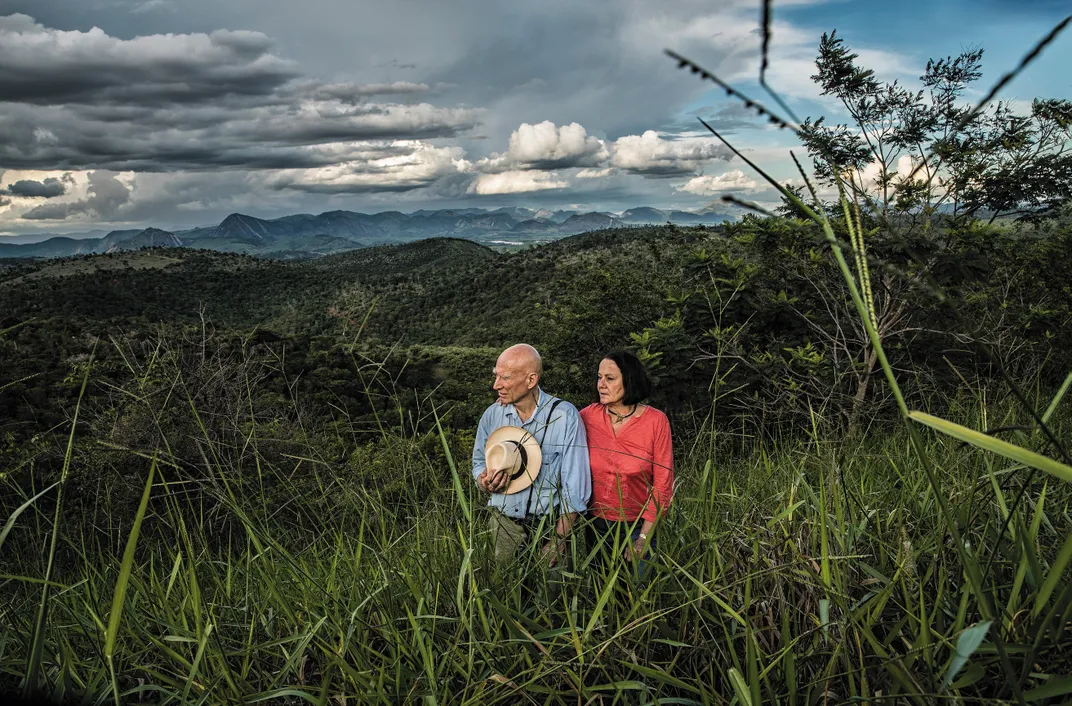
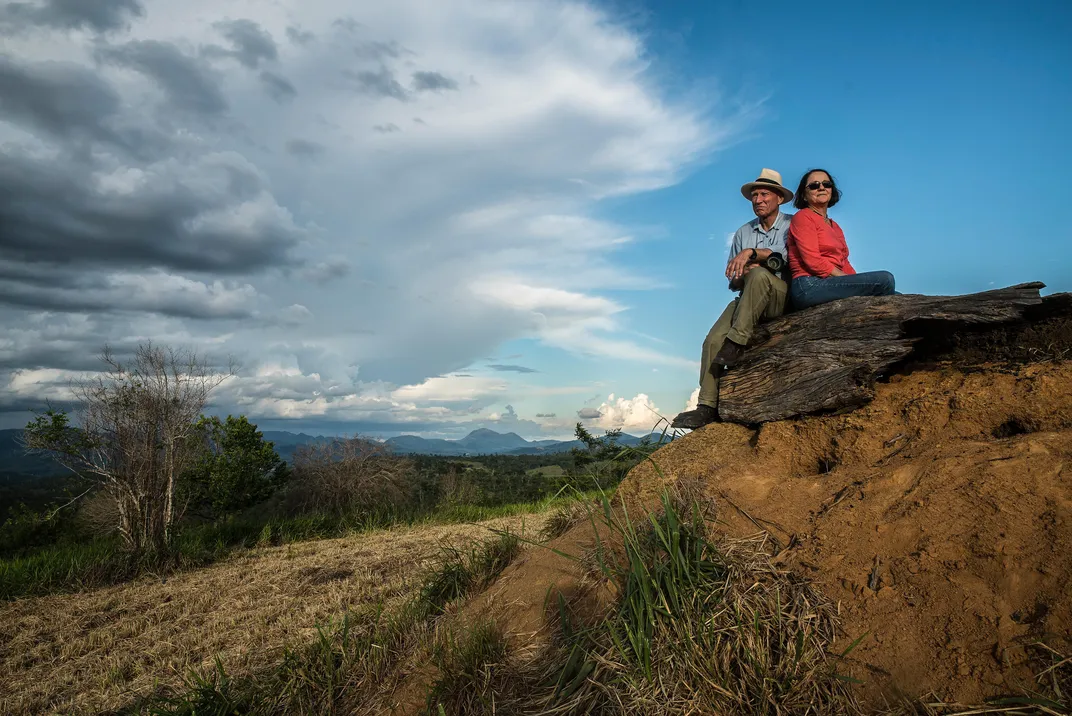
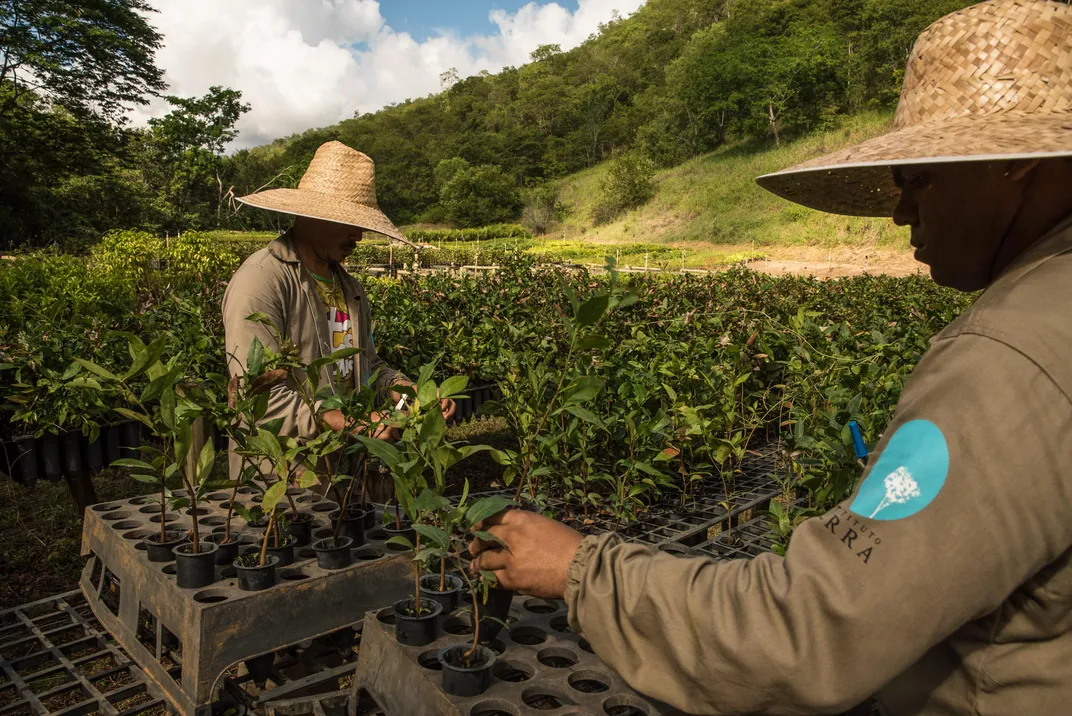
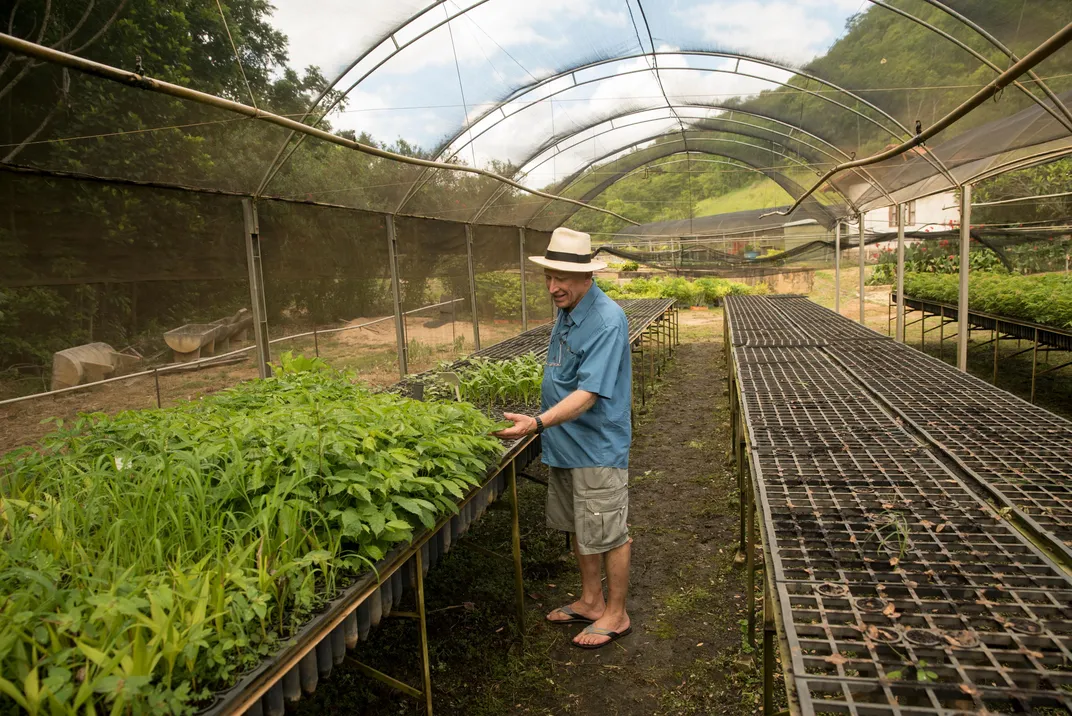
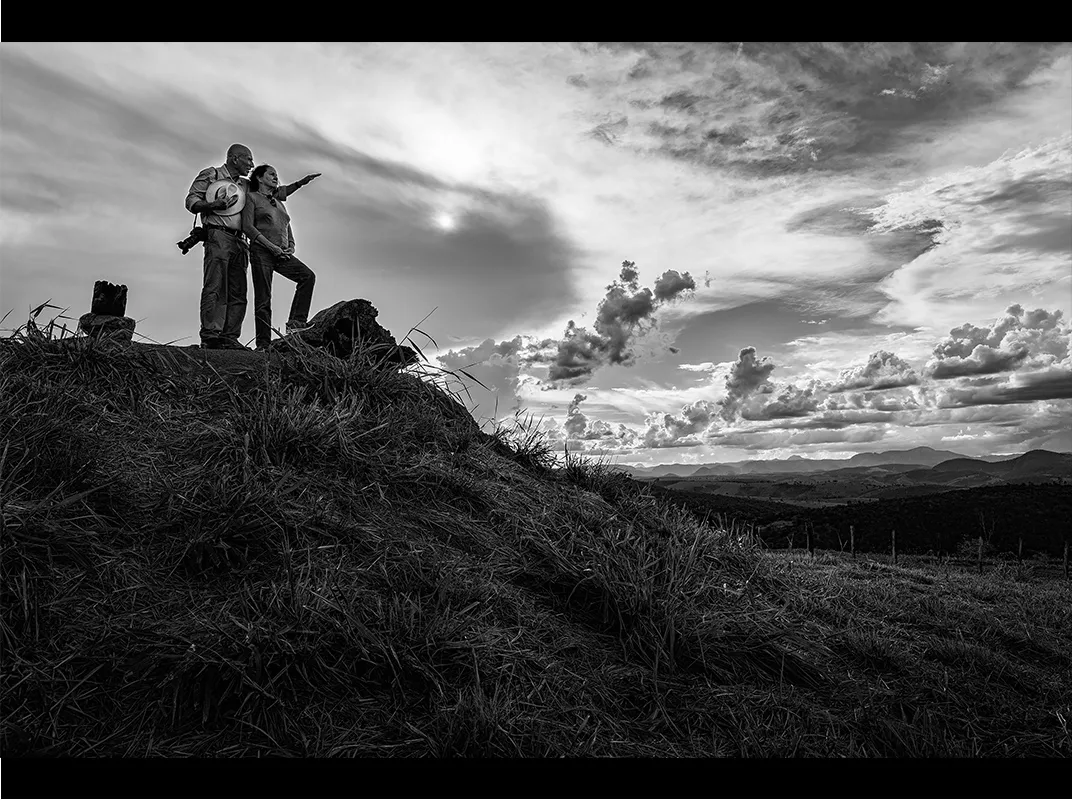
/https://tf-cmsv2-smithsonianmag-media.s3.amazonaws.com/accounts/headshot/mac_siberia.jpg)